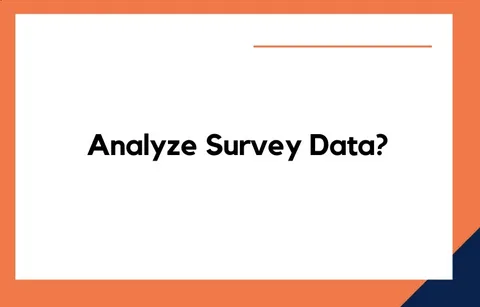Introduction
Collecting survey responses is easy, but making sense of them requires expertise. Learning how to analyze survey data ensures you don’t just have numbers—you have insights.
Step 1: Clean Your Data
Before analysis begins, responses must be checked for errors, duplicates, and incomplete answers. This ensures accuracy.
Step 2: Choose the Right Analysis Method
Different questions require different techniques:
- Multiple-choice questions → frequency analysis
- Rating scales → mean comparisons
- Open-ended responses → qualitative coding
For academic or professional projects, survey data analysis services can provide expert support.
Step 3: Advanced Analysis
Beyond descriptive statistics, advanced techniques like regression, factor analysis, or t-tests may be needed. For example, organizations evaluating training programs can learn how to run a linear regression in SPSS to test variable relationships.
Step 4: Report Findings Clearly
The final step is presenting results in visual, actionable formats. Dashboards, charts, and executive summaries help stakeholders act on the data.
Conclusion
Survey analysis turns raw data into powerful insights. By working with My Survey Help, you can ensure your surveys not only collect responses but also drive meaningful decisions.

